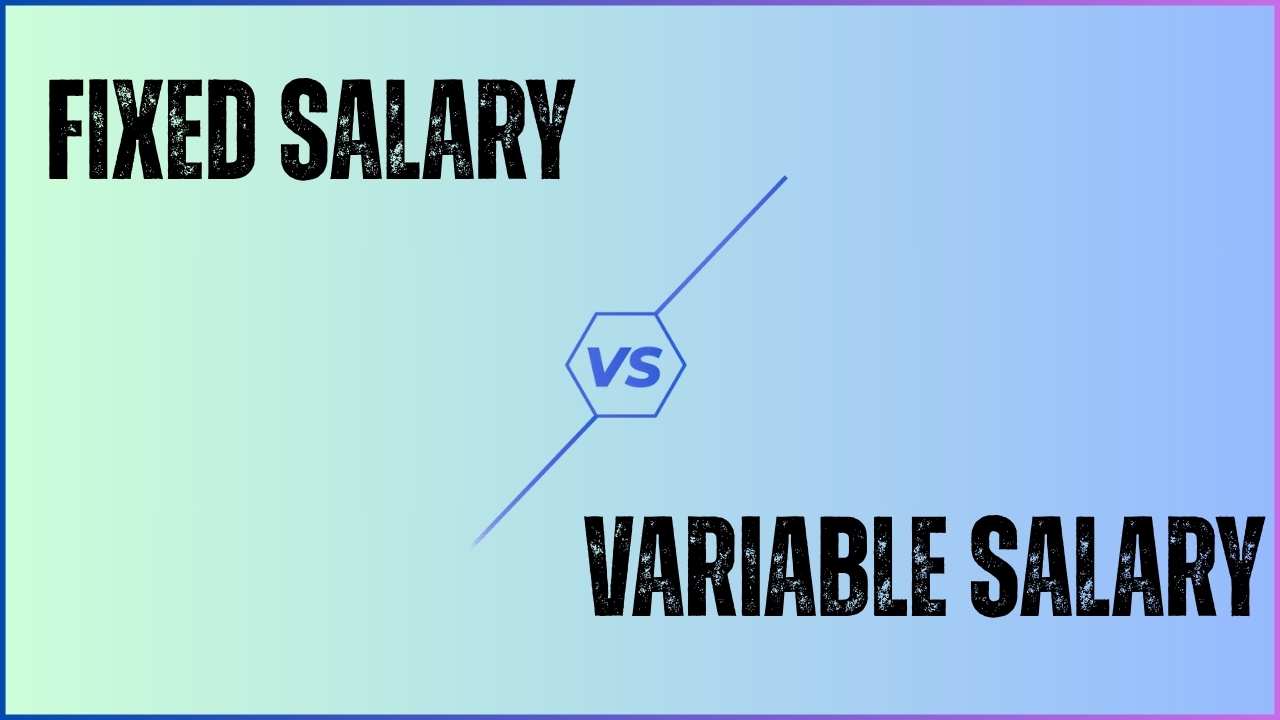When a business company chooses to become public via an IPO (Initial Public Offering), perhaps the largest question is: “What price should be at which the new shares are issued?” Instead of choosing just any one fixed price out of nowhere, most companies utilize a market-oriented technique known as the Book Building Process. Here’s all you need to know about how and why it’s used in India, as well as the benefits it offers.
What Is Book Building in an IPO?
- Definition: Book Building is a way to discover the best share price for an IPO by inviting investors to bid within a specified price range.
- Price Range: The company (with its underwriter) sets a floor price and a ceiling price.
- Investor Bids: During the bidding window, institutional and retail investors place orders specifying how many shares they want and at what price (within the range).
- Final Price: After the bidding closes, the underwriter calculates a weighted-average of all bids. That becomes the issue price, which is the price at which shares are finally allotted.
How Does the Book Building Process Work?
- Hiring an Underwriter
- The company hires one or more investment banks (the underwriters).
- Underwriters advise on the size of the IPO and set the bid price band.
- Bidding Period
- Investors receive the draft prospectus and place bids within the price band.
- Bids specify quantity and price.
- Setting the IPO Price
- The underwriter maintains an “order book” of all bids.
- Using a weighted-average formula, they find the fair price that clears most demand.
- Allotment of Shares
- Shares are allotted to investors whose bids are at or above the cut-off price.
- If an investor bid higher than the cut-off, they get shares at the cut-off price and receive a refund of the extra amount.
Why Do Companies Prefer Book Building?
- Market-Driven Pricing
- Price reflects real demand, not guesswork.
- Boosted Investor Confidence
- Transparent bidding builds trust—investors see that price comes from collective demand.
- Reduced Underpricing Risk
- By matching price to demand, there are fewer sudden jumps (or drops) once shares list.
- Efficient Allocation
- Institutional investors (who bid large amounts) help stabilize the book and ensure balanced share distribution.
- Regulatory Support
- SEBI’s clear guidelines on Book Building keep the process fair and transparent.
- Valuable Feedback
- Bidding data reveals how investors view the company’s value—crucial insight for future moves.
Advantages of Book Building in IPOs
- Efficiency: Issue price set by actual demand.
- Accuracy: Closer to a share’s true market value.
- Maximized Price: High bids can push the final price up.
- Speed: Faster capital raise compared to lengthy fixed-price offers.
- Clarity for Retail Investors: They know the issue price before placing bids.
- Lower Marketing Costs: Demand-driven model cuts down on large promotional spends (though underwriters do charge fees).
The Bottomline
Book Building is an open, market-based process of determining IPO prices. By seeking actual bids from investors, firms—supported by investment banks—discover a correct, demand-led issue price. Efficient, precise, and reassuring for both issuers and investors, this technique is India’s goto method for successful public issues.










